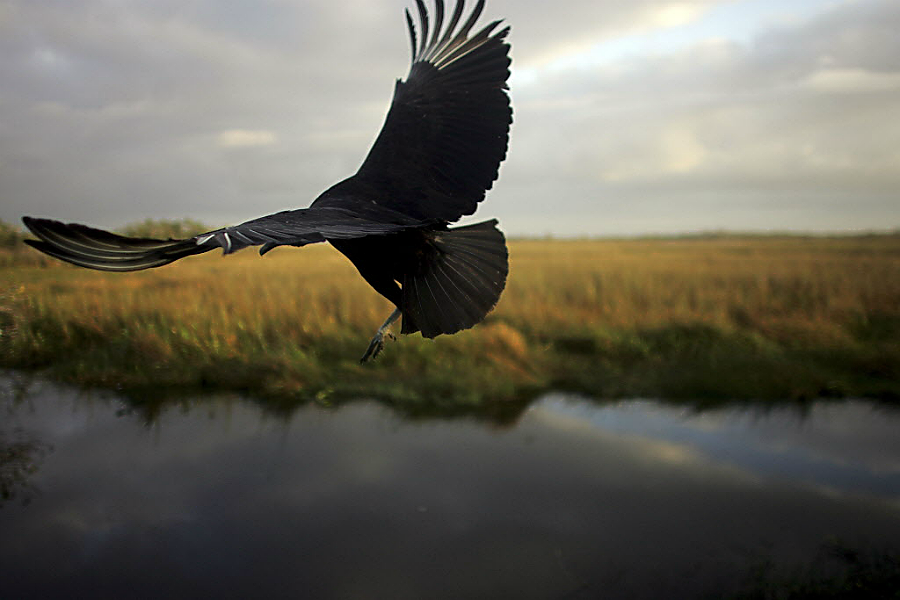Did flight evolve by accident?
Loading...
Did the first dinosaurs to fly evolve from two-legged ancestors whose jumps turned into flapping? Or did they just take off from the ground, and fly under their own power? Perhaps they ran up trees and cliffs before they graduated to the air?
A study published July 7 undermines these three long-standing theories for how flight evolved in bird-like dinosaurs. In fact, the research suggests dinosaurs developed wings for other purposes, and flight evolved accidentally, according to the study published in PeerJ, a peer-reviewed biology journal.
"The mosaic evolution of flight characteristics suggests the evolution of the flight stroke was not continuous [or] driven by a single overall driver," write the authors. "We suggest that future research not focus on any single event or 'pathway' to attempt to explain ... flight apparatus."
Lead author Alexander Dececchi, a postdoctoral fellow at Queen’s University, and his colleagues, Hans Larsson of McGill University and Michael Habib of the University of Southern California, reached this conclusion by examining 45 specimens from 24 species of bird-like therapod dinosaurs, in addition to five bird species. After they determined the animals’ body masses, wing sizes, and other flight variables, they used measurements from living birds to estimate the animals’ wing beats, flap angles, and muscular output, they explained in a press release from Queen's University.
Once they'd gathered all the data, they tested the three theories for the evolution of flight.
Scientists have long debated how and why flight evolved. Two of the most established hypotheses were that bird-like dinosaurs learned to fly either by jumping, or by simply taking off from the ground. In one of the theories, winged dinosaurs jumped to catch prey or escape predators. Over time, they leaped higher and farther, eventually gliding through the air. In the other theory, the winged dinosaurs powered their own flights, taking off from the ground.
A third theory, introduced just over a decade ago to explain gaps to the other two theories, argues that bird-like dinosaurs flapped their wings to scale trees and cliffs. Flapping would have assisted the dinosaurs by helping them stick to the side of a tree, much like a spoiler presses a race car to a track, as Scientific American wrote when biologist Kenneth Dial introduced the theory in 2001. As evolution favored dinosaurs that could escape predators by taking refuge in trees and cliffs, they began to apply the same mechanism to running on the ground, flapping their wings, and flying.
Dr. Dececchi and his team built a model to test if any of their samples could reach the biological threshold for flight according to the three theories.
None of them could.
They also found almost all of the behaviors they tested for turned out to do little to benefit the evolution of flight, except for the species that evolved right before the origin of birds.
“We know the dimensions and we know how modern birds' muscles and anatomy work,” said Dececchi in the press release. “Using our model, if a particular species doesn’t reach the minimum thresholds for function seen in the much more derived birds – such as the ability to take off or to generate a certain amount of power – it’s safe to say they would not have been able to perform these [behaviors] or fly.”
Instead, the team’s findings suggest that dinosaur wings, even those with large or colorful feathers, could have first served other purposes, such as signaling or sexual selection. Flying, then, could have evolved by accident.
For adherents of the three theories, all is not lost, Dececchi said. He emphasized that while different animals learned to fly at different times, there is some evidence they evolved in parallel.
“There may be some differences in the details between how each taxon flew – but they tend to converge on these same answers,” he said.







